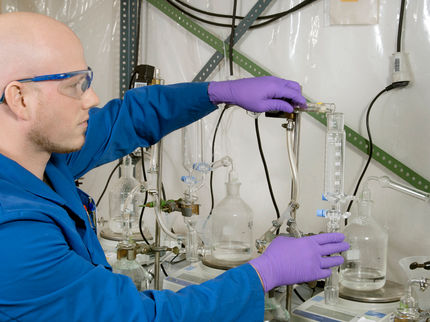New information from REACH registrations extends the SIN List
Advertisement
The SIN List has been updated to version 2.1, adding additional chemicals to the list of substances of Very High Concern identified by ChemSec. The new additions are mainly substances that are carcinogenic, mutagenic or toxic to reproduction, and that should be regulated in the EU.
Registration dossiers submitted by companies following the requirements of the EU chemicals regulation, REACH, provide new information about the production and use of chemicals in the EU. This information has been used for this technical 2.1 update of the SIN List to identify substances that are fully registered, and thus are used and produced in a way that is subject to REACH regulation.
Besides new information from REACH registrations dossiers, the SIN update also includes substances newly classified as carcinogenic, mutagenic or toxic to reproduction according to the EU CLP regulation. Also, a few substances recently agreed by EU member states as Substances of Very High Concern and included on the Candidate List have been added. These have not previously been identified by the SIN List methodology, as they are in fact for example mixtures or lack a unique identification (CAS) number.
This update of 249 substances and substance groups results in a SIN List of 626 substance entries. These are highly hazardous chemicals in use in a wide range of everyday consumer products, posing a threat to the health of people in Europe and elsewhere, as well as to the environment.
"There are now 626 Substances of Very High Concern on the SIN List, compared with 138 on the official REACH Candidate List. A lot of work still remains before the most hazardous substances are regulated in the EU", says Anna Lennquist, ChemSec toxicologist.
The SIN List database now also includes updated hazard classification data, new information about uses as well as the quantities in which chemicals are produced (tonnage bands) for all SIN List substances. Another new feature of the database is the option to filter the search results depending on whether a substance has been registered by the first REACH registration deadline in 2010.
Other news from the department politics & laws

Get the chemical industry in your inbox
By submitting this form you agree that LUMITOS AG will send you the newsletter(s) selected above by email. Your data will not be passed on to third parties. Your data will be stored and processed in accordance with our data protection regulations. LUMITOS may contact you by email for the purpose of advertising or market and opinion surveys. You can revoke your consent at any time without giving reasons to LUMITOS AG, Ernst-Augustin-Str. 2, 12489 Berlin, Germany or by e-mail at revoke@lumitos.com with effect for the future. In addition, each email contains a link to unsubscribe from the corresponding newsletter.


























































